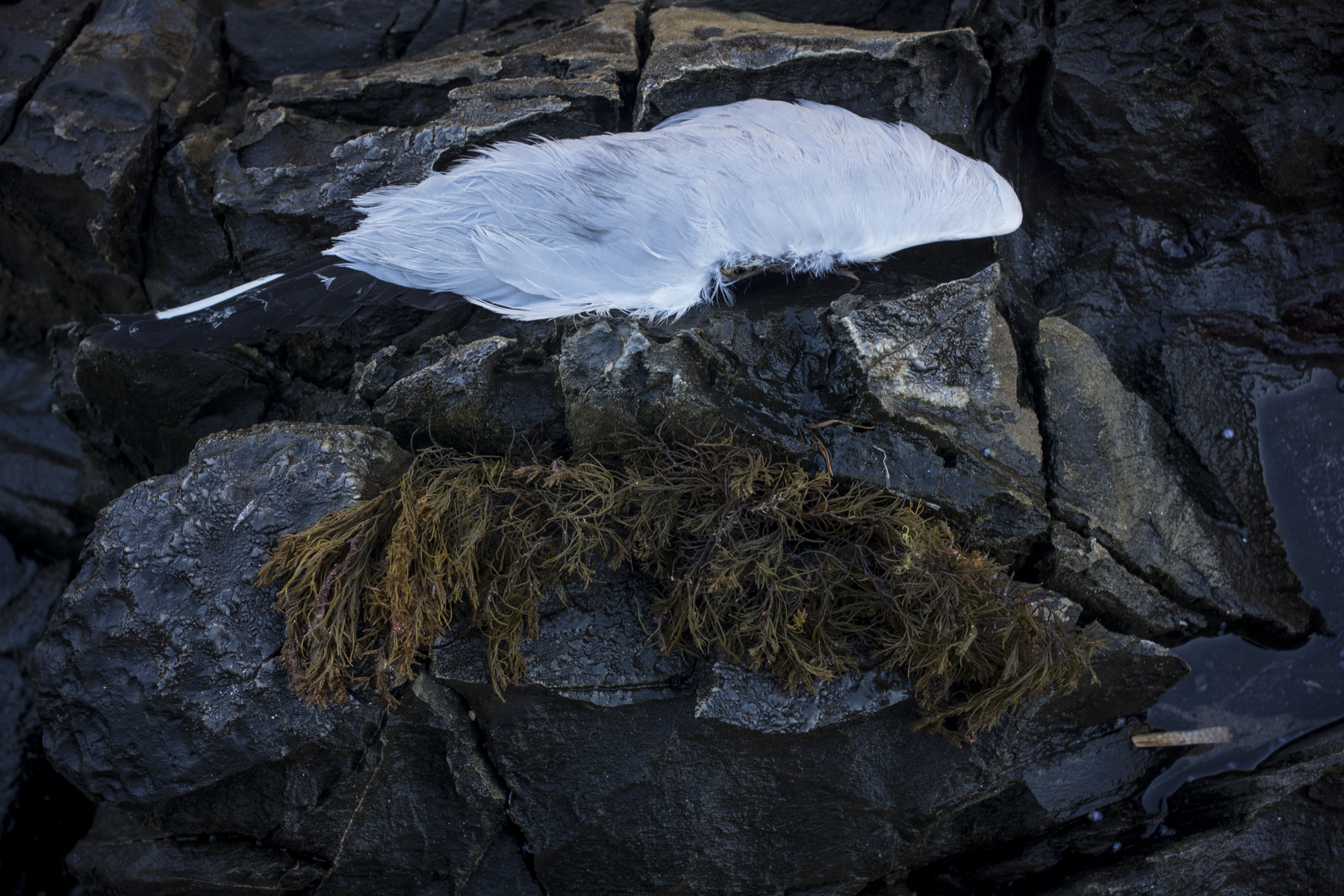The poodlewalk was down at Port Adelaide this afternoon. I had a go at the two marine cranes that have been saved; but you can find two far superior interpretations here and here. Local knowledge derived from living in the locality always wins doesn’t it.

I realize that I don’t really know Port Adelaide, even though I ‘m doing a project on it. I’m basically a fly in. I drive down every couple of weeks or so for a few hours on a Sunday afternoon and take some photos. But I’m not really intimate with it’s character.










